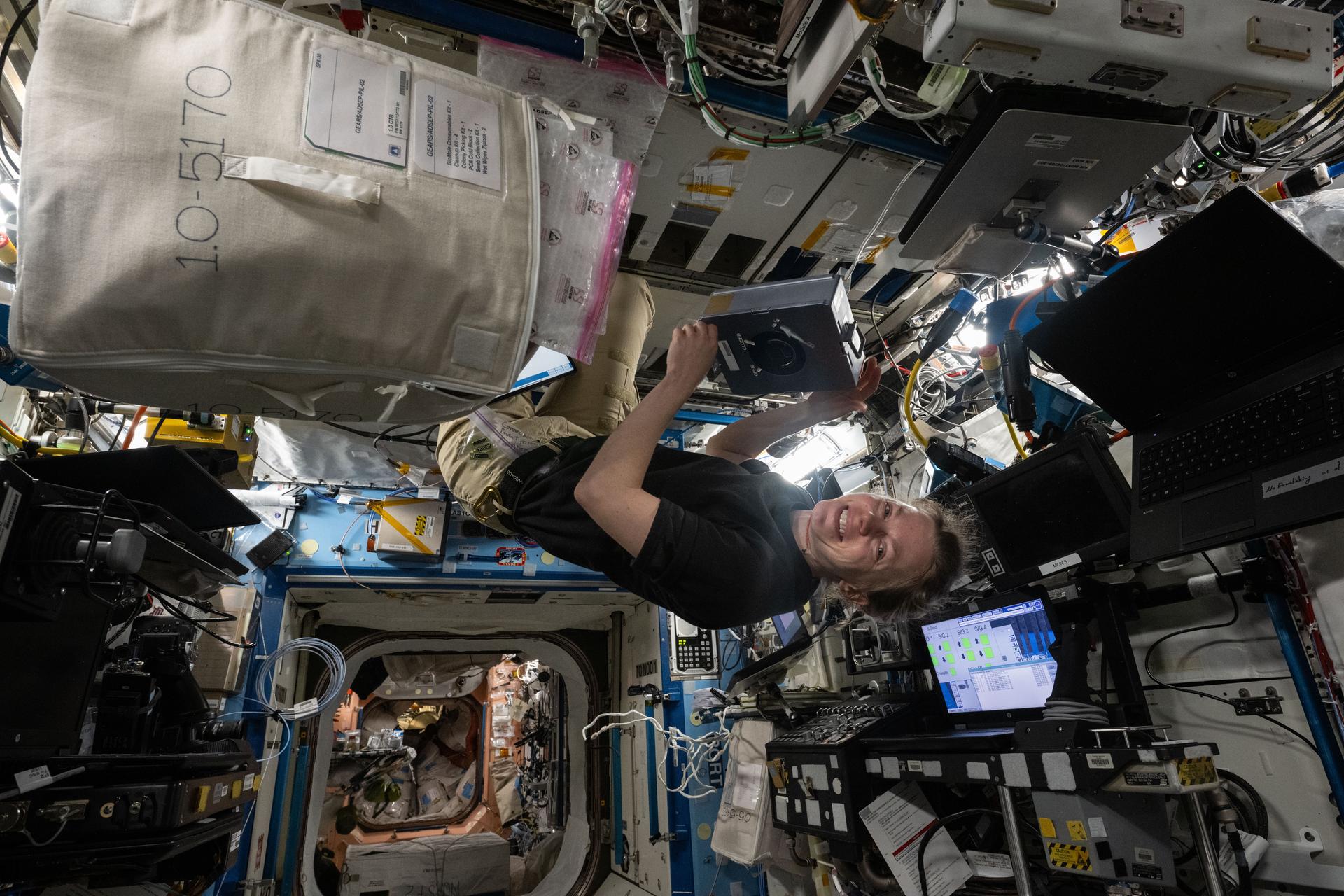Surveyor Model SD-1
Type
Launch
Target
Objective
What was Surveyor Model SD-1?
NASA's Surveyor Model SD-1 was a test flight to rehearse for a U.S. mission to the Moon. An engine shutdown early causing the spacecraft to fall back to the launch pad and explode.
| Nation | United States of America (USA) |
| Objective(s) | Highly Elliptical Orbit |
| Spacecraft | SD-1 |
| Spacecraft Mass | 2,097 pounds (951 kilograms) |
| Mission Design and Management | NASA / JPL |
| Launch Vehicle | Atlas Centaur (AC-5 / Atlas C no. 156D / Centaur C) |
| Launch Date and Time | March 2, 1965 / 13:25 UT |
| Launch Site | Cape Canaveral, Fla. / Launch Complex 36A |
| Scientific Instruments | None |
Key Dates
March 2, 1965: Launch
March 2, 1965: Spacecraft destroyed
In Depth: Surveyor Model SD-1
This mission was designed to rehearse a complete Atlas Centaur 5 upper stage burn in support of NASA's Surveyor lunar lander program. During an actual mission, the Centaur would boost its payload on a direct ascent trajectory to the Moon.
On this test flight, NASA planned to deliver the payload, a non-functioning model known as SD-1, into an orbit of about 104 x 575,800 miles (167 x 926,625 kilometers) that simulated a lunar transfer trajectory.
Less than 2 seconds after liftoff at 13:25 UT March 2, 1965, a faulty valve that incorrectly closed caused both Atlas main engines to shut down. As a result, the booster fell back onto the pad and exploded.
Key Source
Siddiqi, Asif A. Beyond Earth: A Chronicle of Deep Space Exploration, 1958-2016. NASA History Program Office, 2018.


































